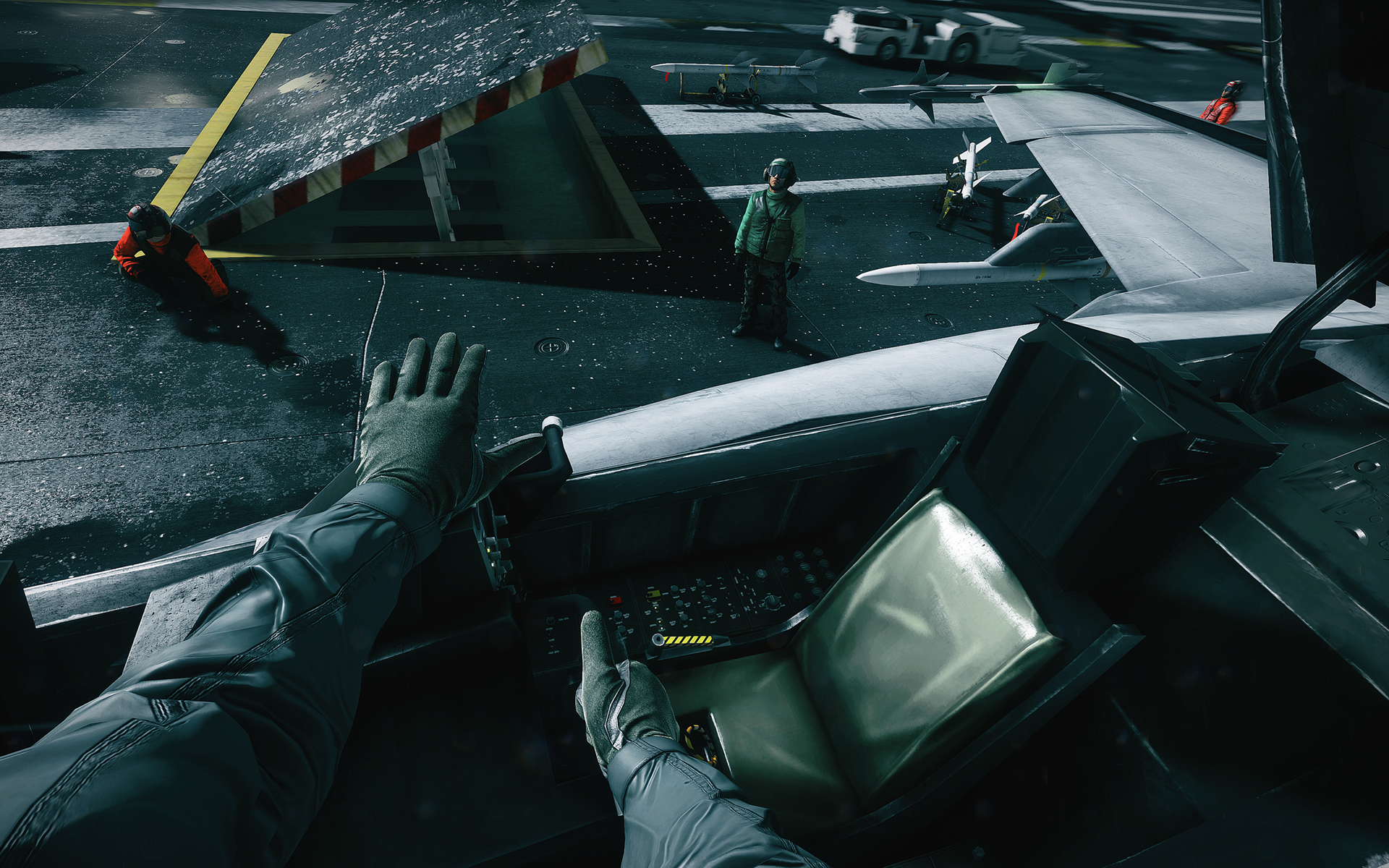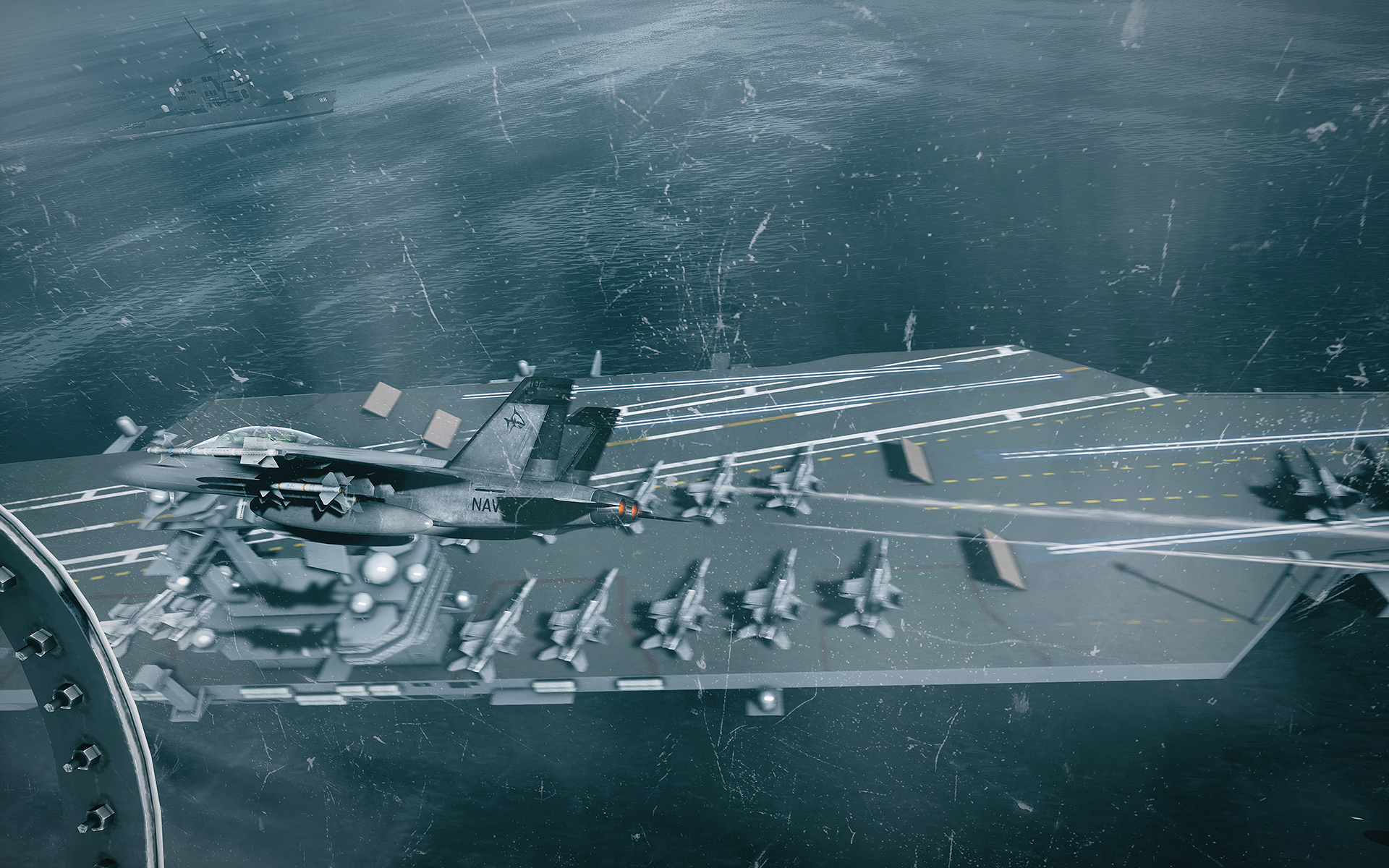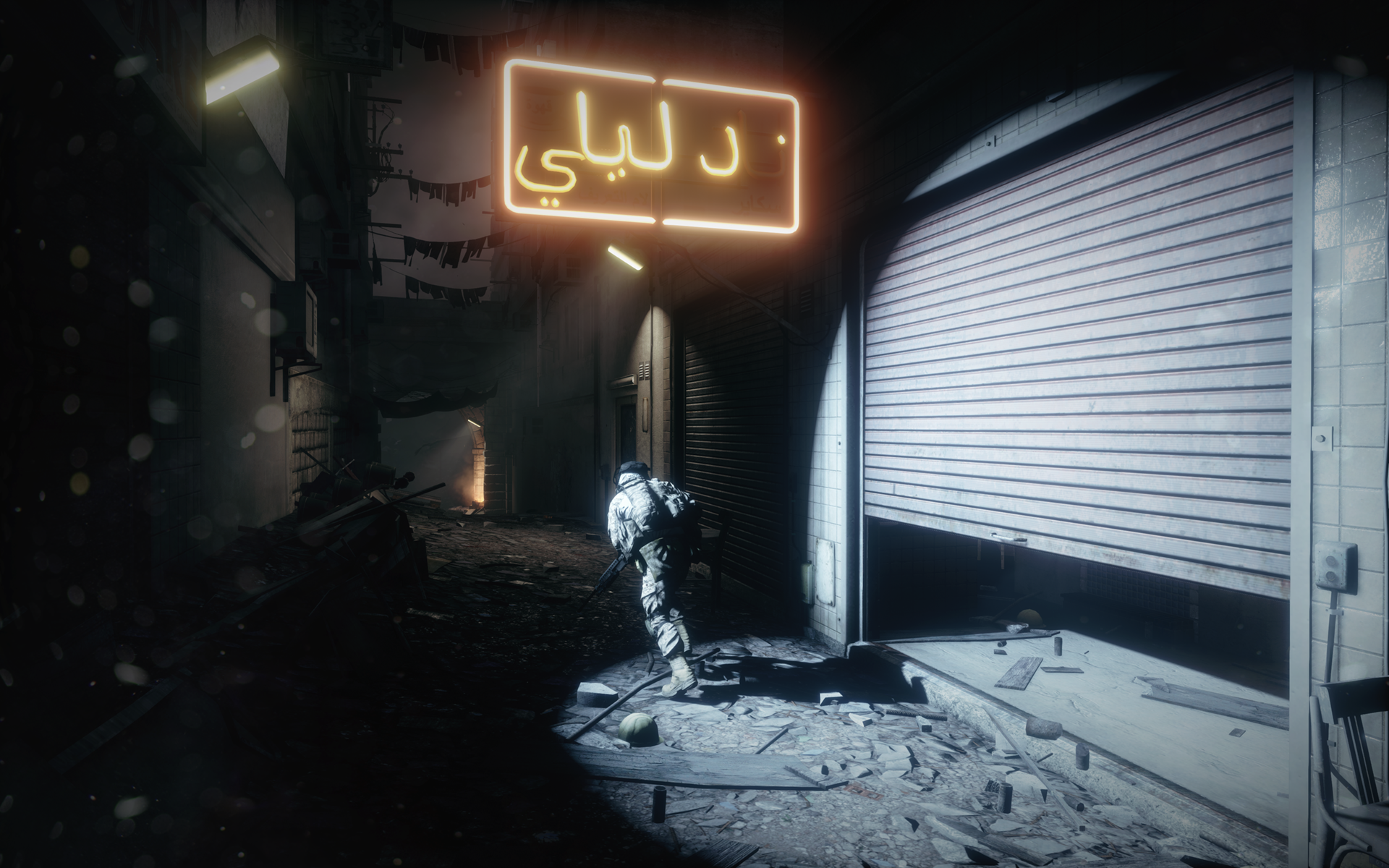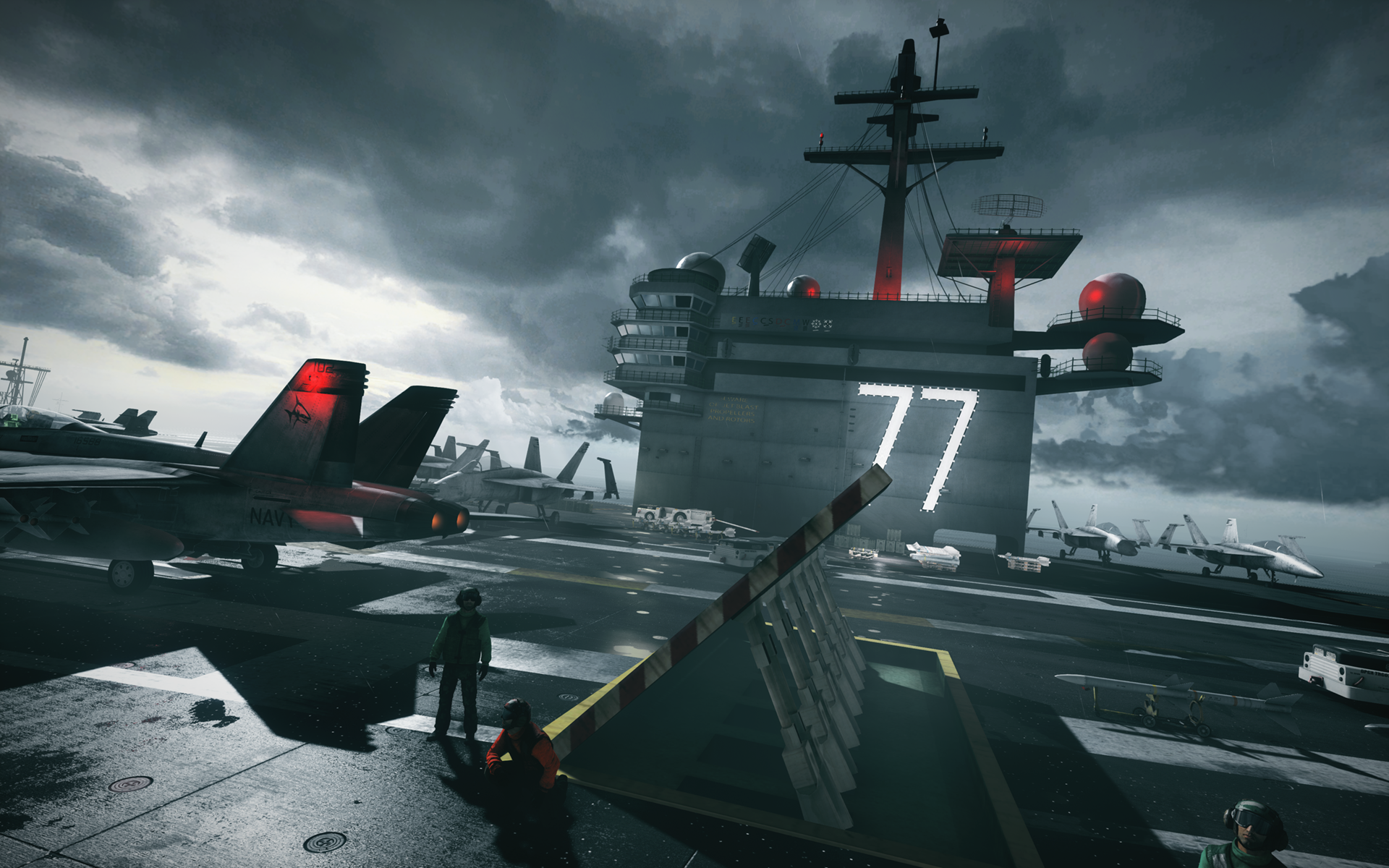-
Hey, guest user. Hope you're enjoying NeoGAF! Have you considered registering for an account? Come join us and add your take to the daily discourse.
You are using an out of date browser. It may not display this or other websites correctly.
You should upgrade or use an alternative browser.
You should upgrade or use an alternative browser.
2013 High-Res PC Screenshot Thread of Let the JPEG Die Already
- Thread starter Stallion Free
- Start date
Seriously, some tunnel vision, child-like responses here. No discussion or reason, just finger-pointing and assumptions...
Cool, I'll just keep being childish.
I can understand settling down for 30FPS for supersampling because 30 is still stable and smooth enough for gameplay, but I will never understand why one would want to play at below 30FPS (let alone 20) just to get that extra benefit in IQ from higher internal rendering resolution. A jerky framerate is more offensive to me than a little worse IQ. But ofcourse if you did that only to take screenshots then it's a different thing.
I can understand settling down for 30FPS for supersampling because 30 is still stable and smooth enough for gameplay, but I will never understand why one would want to play at below 30FPS (let alone 20) just to get that extra benefit in IQ from higher internal rendering resolution. A jerky framerate is more offensive to me than a little worse IQ. But ofcourse if you did that only to take screenshots then it's a different thing.
For the sake of my sanity I assume the most amazing screenshots aren't playable. Though I'm sure plenty of them are.
Burgess_101
Member
I can understand settling down for 30FPS for supersampling because 30 is still stable and smooth enough for gameplay, but I will never understand why one would want to play at below 30FPS (let alone 20) just to get that extra benefit in IQ from higher internal rendering resolution. A jerky framerate is more offensive to me than a little worse IQ. But ofcourse if you did that only to take screenshots then it's a different thing.
What actually is IQ? Im trying to gather as much information as possible because I find these things really interesting to get into in my spare time.
I can understand settling down for 30FPS for supersampling because 30 is still stable and smooth enough for gameplay, but I will never understand why one would want to play at below 30FPS (let alone 20) just to get that extra benefit in IQ from higher internal rendering resolution. A jerky framerate is more offensive to me than a little worse IQ. But ofcourse if you did that only to take screenshots then it's a different thing.
Depends on the game. Crysis games are playable at lower framerates, and it's fairly hard to get good IQ without supersampling, so it's a good trade. Other games can get terribly laggy so it's not worth it.
What actually is IQ? Im trying to gather as much information as possible because I find these things really interesting to get into in my spare time.
Image quality. Usually when someone says a game has "bad IQ", it's badly aliased or has a lot of blurring/ghosting from overused and poorly implemented post-process AA.
Is there any way to increase the FOV in Crysis 2?
Maldo HD has a fov slider, but it's only vertical if I remember right.
Burgess_101
Member
Image quality. Usually when someone says a game has "bad IQ", it's badly aliased or has a lot of blurring/ghosting from overused and poorly implemented post-process AA.
Ooh okay, that's simple enough. All the Acronyms are a pain the arse to remember sometimes.
Maldo HD has a fov slider, but it's only vertical if I remember right.
That's a shame, the vertical FOV isn't really a problem I don't find.
Depends on the game. Crysis games are playable at lower framerates, and it's fairly hard to get good IQ without supersampling, so it's a good trade. Other games can get terribly laggy so it's not worth it.
Yes they are playable, infact I myself played Crysis 1 at 20FPS and never realized it was 20 until I turned Fraps on, but that was because I didn't have a choice. Then I played the game at 30FPS and could see the difference, sure you could say the same thing for 30 and 60FPS but I don't really think it'd be the same argument.
Anyways my point being, I find the IQ gain from going that high to be meager compared to the drop in performance, especially considering there's an option to play it at a stable FPS. If you were to go for the crispest IQ then you wouldn't be using SMAA anyways, but your choice anyhow.
That's a shame, the vertical FOV isn't really a problem I don't find.
Oh wait, now that I remember, there is a mod that let's you increase the FOV, I don't remember which was, maybe Blackfire? It's one of the most renowned C2 mods though, so shouldn't be hard to find.
Yes they are playable, infact I myself played Crysis 1 at 20FPS and never realized it was 20 until I turned Fraps on, but that was because I didn't have a choice. Then I played the game at 30FPS and could see the difference, sure you could say the same thing for 30 and 60FPS but I don't really think it'd be the same argument.
I did the same... I played it on a GT250, everything on low and 20-30fps, but it was surprisingly smooth.
EatChildren
Currently polling second in Australia's federal election (first in the Gold Coast), this feral may one day be your Bogan King.
Crysis 2 console commands.
cl_fov = 80 (basic FOV tweak, wont go over 80, default is 60-something)
r_drawnearfov = 2 (70 makes the gun look nicer and less huge during gameplay. 2 makes the gun so large it wont render on the screen, thus disappears)
hud_hide = 1 (obvious)
cl_fov = 80 (basic FOV tweak, wont go over 80, default is 60-something)
r_drawnearfov = 2 (70 makes the gun look nicer and less huge during gameplay. 2 makes the gun so large it wont render on the screen, thus disappears)
hud_hide = 1 (obvious)
Sax Russel
Banned
F-Zero GX
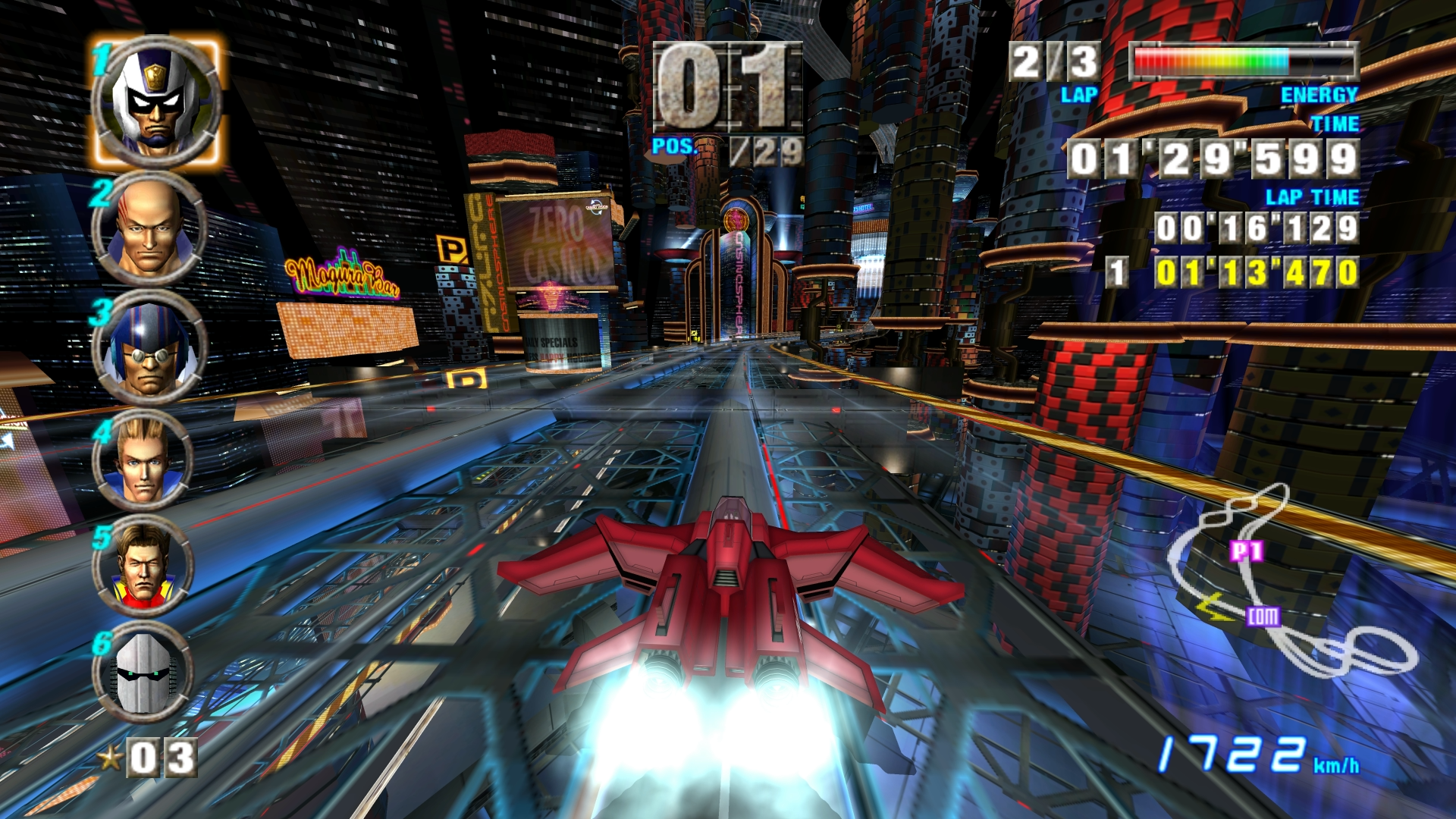
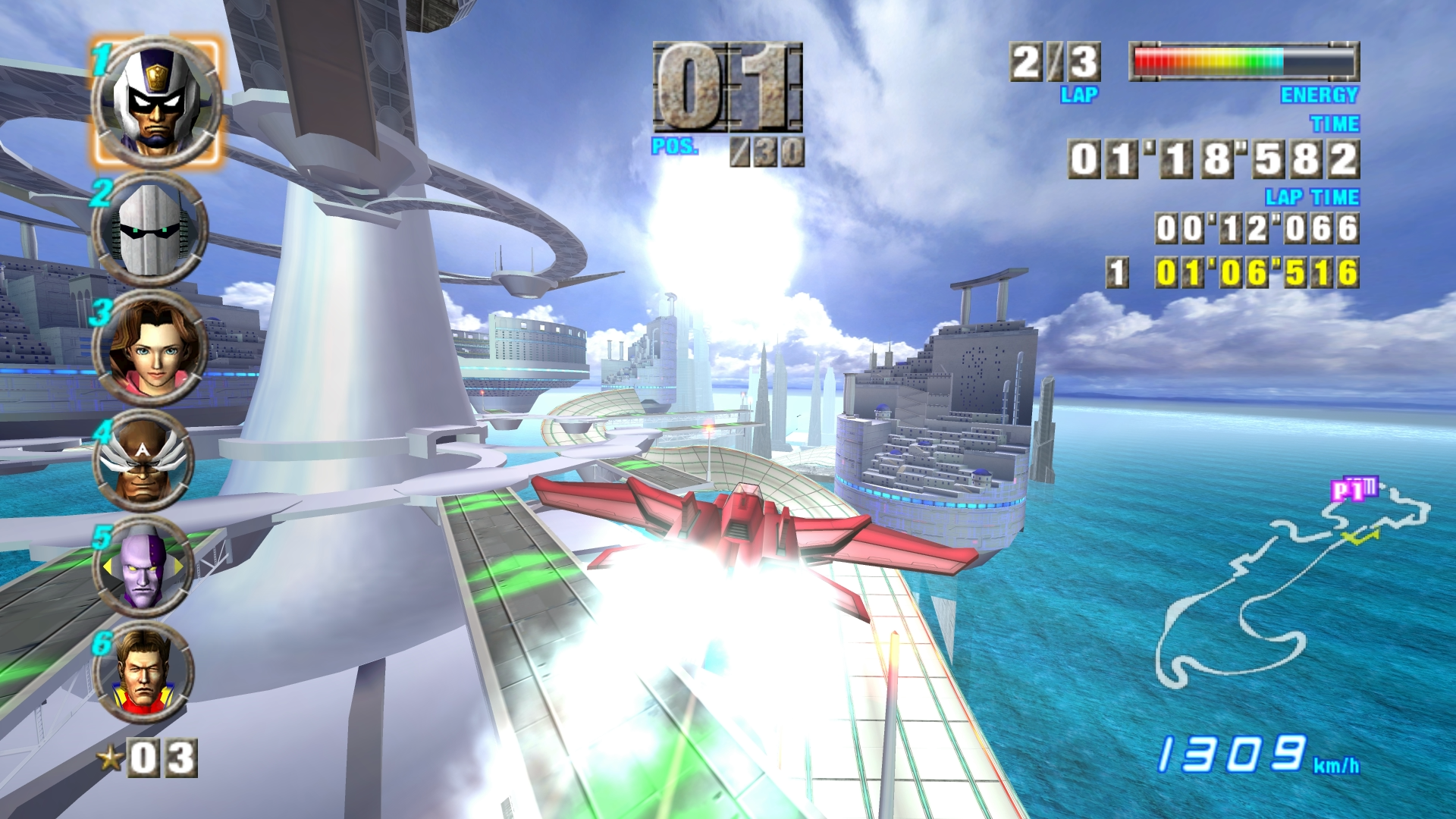


Yes they are playable, infact I myself played Crysis 1 at 20FPS and never realized it was 20 until I turned Fraps on, but that was because I didn't have a choice. Then I played the game at 30FPS and could see the difference, sure you could say the same thing for 30 and 60FPS but I don't really think it'd be the same argument.
Anyways my point being, I find the IQ gain from going that high to be meager compared to the drop in performance, especially considering there's an option to play it at a stable FPS. If you were to go for the crispest IQ then you wouldn't be using SMAA anyways, but your choice anyhow.
I've played through already at 60fps, this is just to try out Maldo and downsampling. The SMAA is there because it's still hard to get rid of aliasing even at that res,
I am trying to remove color filter so its not finished yet, i tried ENB but didn't like it, quite colorful and it looked like washed out so i gave SweetFX a shot,hope you liked them!

BEFORE
After
Capcom doesn't fuck around...jeez.
Have a Nice Day
Member
I have an unmatched skill of reading OPs too!


I NEED SCISSORS
Banned
I don't think my PC can handle SSAA. :\
I'll try FXAA or SMAA, if nothing changes, I'll deal with it.
Dead Space 2 has problems too?
I believe you have to use a certain compatibility bit to make MSAA work with DS without it breaking stuff. Try one of the two in this list: http://forums.guru3d.com/showthread.php?t=357956
Dead Space games are very very well optimized, so you should have no issue with downsampling + SMAA even on low to mid-tier hardware. It's preferable to just MSAA imo.
Planetside 2 no Downsampling, nothing but SMAA.
http://i.minus.com/iCBOqDgdqsyWS.png[/IG][/QUOTE]
They allow injectors now? For a while they threatened people using FXAA injectors with bans.
Evolution_1ne
Banned
can someone point me in the direction of the PC gaf thread, I've got questions about a new build and can't seem to find the thread.
Spazznid
Member
They allow injectors now? For a while they threatened people using FXAA injectors with bans.
More like they say, "We're not responsible for you getting banned on the off-chance of it happening."
Also, been using SMAA Ultra since day 1.


Stallion Free
Cock Encumbered
Devil May Cry 4




can someone point me in the direction of the PC gaf thread, I've got questions about a new build and can't seem to find the thread.
Here you go!
http://www.neogaf.com/forum/showthread.php?t=493301
Burgess_101
Member
Is MLAA a good thing to use? Or is SMAA the only way to go for pure unadulterated no edges?
Is MLAA a good thing to use? Or is SMAA the only way to go for pure unadulterated no edges?
SMAA won't give you pure unadulterated no edges. It's a bit of a lazier technique compared to other stuff.
Burgess_101
Member
SMAA won't give you pure unadulterated no edges. It's a bit of a lazier technique compared to other stuff.
What is the grand daddy then? Supersampling? Sorry its 7am here and I have had a torrid night
Stallion Free
Cock Encumbered
DMC4




EatChildren
Currently polling second in Australia's federal election (first in the Gold Coast), this feral may one day be your Bogan King.
What is the grand daddy then? Supersampling? Sorry its 7am here and I have had a torrid nightI am trying to read up on it and nothing is going in, I have just been fiddling around with the settings in RadeonPro.
To achieve the sharpest image quality in addition to the fewest jaggies, something like super sampling and multisampling is the way to go. But they're expensive, because anti-aliasing is very difficult and we don't have a lot of techniques that have little impact on the image quality.
FXAA, MLAA, and SMAA can all do an excellent job of cleaning up jaggies at an almost negligible performance cost. The catch is they're all post processing techniques. So where multisampling and supersampling will apply antialiasing during the actual rendering of the image, FXAA/MLAA/SMAA are applied after the image is rendered. The system renders the image, and these effects go over the image with various algorithms searching for jaggies and try to smooth them out.
Because in this case the image has already been rendered, badly coded FXAA/MLAA/SMAA can cause the rendered image to blur a bit when the post processing anti-aliasing is applied. Really bad FXAA, for example, will result in very noticeable blur. It gives the image a soft look and thus decreases clarity.
Some people don't mind it, and in fact prefer it to expensive MSAA/SSAA. FXAA/MLAA/SMAA, as said, come at a very small performance cost, so in terms of value they're excellent. But if you want the absolute best and sharpest image quality, while also cleaning up all the aliasing, you need to look into supersampling and multisampling. And again, they're expensive, and can really drag down framerates.
Multisampling is probably the most common and has been used for quite awhile now. Modern systems can handle 2xMSAA or 4xMSAA fairly comfortably. But it also depends on the engine. A lot of games have made the shift to deferred rendering engines, which is good for rendering complex, optimised lighting/shadows, but does not play nice with MSAA. This is partially why we're seeing a lot of FXAA/SMAA/MLAA too, because deferred rendering engines tend to take a larger than normal performance hit from MSAA.
It's also worth noting that as good as MSAA and SSAA are, even those require well optimised code to ensure good image quality. In the odd game here and there MSAA does a shitty job, and SSAA introduces blurring.
KyleHarrison
Neo Member
Some pretty awesome screenshots in these threads 
My contribution is nothing super amazing, but something about this one I took a few months ago just resonates with me so well :
Skyrim (unmodded, obviously)

My contribution is nothing super amazing, but something about this one I took a few months ago just resonates with me so well :
Skyrim (unmodded, obviously)

TheVampire
Banned
Trying a new ENB for GTA4
This one looks like it has better colours and brightness


This one looks like it has better colours and brightness


TheVampire
Banned
TheVampire
Banned
Spazznid
Member
Oh no.
We gonna have us some problems? There can only be one nice looking MechWarrior game....
Also, that game never seemed to work for me in the early stages, is it good now?
I NEED SCISSORS
Banned
I NEED SCISSORS
Banned
I NEED SCISSORS
Banned
Cannon Goose
Member
EatChildren
Currently polling second in Australia's federal election (first in the Gold Coast), this feral may one day be your Bogan King.
Cannon Goose
Member
Drunken Master
Member
i need to play those two games again...
Drunken Master
Member
those two games surely look amazing!!!
Burgess_101
Member
To achieve the sharpest image quality in addition to the fewest jaggies, something like super sampling and multisampling is the way to go. But they're expensive, because anti-aliasing is very difficult and we don't have a lot of techniques that have little impact on the image quality.
FXAA, MLAA, and SMAA can all do an excellent job of cleaning up jaggies at an almost negligible performance cost. The catch is they're all post processing techniques. So where multisampling and supersampling will apply antialiasing during the actual rendering of the image, FXAA/MLAA/SMAA are applied after the image is rendered. The system renders the image, and these effects go over the image with various algorithms searching for jaggies and try to smooth them out.
Because in this case the image has already been rendered, badly coded FXAA/MLAA/SMAA can cause the rendered image to blur a bit when the post processing anti-aliasing is applied. Really bad FXAA, for example, will result in very noticeable blur. It gives the image a soft look and thus decreases clarity.
Some people don't mind it, and in fact prefer it to expensive MSAA/SSAA. FXAA/MLAA/SMAA, as said, come at a very small performance cost, so in terms of value they're excellent. But if you want the absolute best and sharpest image quality, while also cleaning up all the aliasing, you need to look into supersampling and multisampling. And again, they're expensive, and can really drag down framerates.
Multisampling is probably the most common and has been used for quite awhile now. Modern systems can handle 2xMSAA or 4xMSAA fairly comfortably. But it also depends on the engine. A lot of games have made the shift to deferred rendering engines, which is good for rendering complex, optimised lighting/shadows, but does not play nice with MSAA. This is partially why we're seeing a lot of FXAA/SMAA/MLAA too, because deferred rendering engines tend to take a larger than normal performance hit from MSAA.
It's also worth noting that as good as MSAA and SSAA are, even those require well optimised code to ensure good image quality. In the odd game here and there MSAA does a shitty job, and SSAA introduces blurring.
I can't thank you enough thats perfect! Ill make a note of all this. Just one question do I use any of these(FXAA, SMAA etc) along with super/multisampling? or are they all mutually exclusive?




































